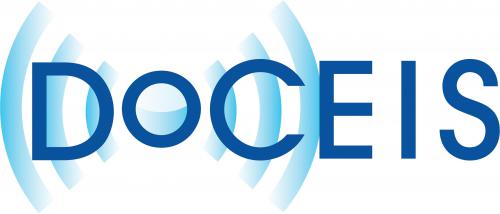Tutorial Sessions
Tutorial Session 1: Electricity markets and intelligent agents: The MATREM system and its application to the Iberian Daily Market
By: Fernando Lopes, Hugo Algarvio
Abstract: The electric power industry has undergone a sweep restructuring resulting in the emergence of electricity markets (EMs) worldwide. The trend towards EMs has led to extensive efforts by the research community to develop optimization and equilibrium models adapted to the new competitive industry. The complexity of EMs calls, however, for richer and more flexible modelling techniques. The agent-based approach presents itself as a promising approach to accurately model and analyse in detail the behaviour of EMs over time. This session first gives an overview of intelligent agents and electricity markets, then presents an agent-based simulation tool for EMs, called MATREM (for Multi-Agent TRading in Electricity Markets), and finally describes specific cases of its application to the Iberian Daily Market.
Tutorial Session 2: Wireless Architectures for the Internet of Things
By: Luis Bernardo, Rodolfo Oliveira
Abstract: The Internet of Things (IoT) is an emerging concept, where using sensors, the entire physical infrastructure is closely coupled with information and communication technologies. This encompasses intelligent monitoring and management, which can be achieved via the usage of networked embedded devices. The goal of this tutorial is to provide an overview on the existing wireless architectures for IoT, covering its major enablers, technologies, and several of its key applications. Different wireless standards and technologies capable of interconnecting the distributed wireless sensor networks will be overviewed. Additionally, we will browse their integration with the applications and the security mechanisms provided.
Tutorial Session 3: Petri Nets and IOPT-tools application – hands-on exercise
By: Luis Gomes, Fernando Pereira, Filipe Moutinho
Abstract: This tutorial addresses usage of a model-based development approach using Petri nets as the underlying modeling formalism. The tutorial is divided into two parts, being the first one more on Petri nets fundamentals and presentation of the IOPT-Tools framework, while the second one emphasizes hands-on using IOPT-Tools for the development of controllers. s
The IOPT-Tools web-based framework provides support for the complete development flow for cyber-physical systems and embedded systems, offering tools for engineers as well as for academics, including editor, simulator, remote debugger, and property verification tools. Rapid-prototyping is fully supported, allowing automatic code generation ready to be directly deployed in different types of platforms, ranging from FPGAs (where VHDL code is produced) to popular low-cost boards, such as Arduino and Raspberry Pi (where C code is produced), and also including PLCs (through Instruction List generation).
Attendees are welcome to bring their own portable computers or smart phones to play with IOPT-Tools.
Tutorial Session 4: Smart manufacturing and digitalization
By: José Barata
Abstract: Manufacturing systems are facing many challenges as a result of market and society needs. Personalised products, extended products, improved quality, rapid response, and other factors are forcing manufacturing companies to become smarter and more agile. The smart factory represents a leap forward from traditional automation to a fully connected and agile system. To achieve this goal we are assisting to a convergence of the digital and physical worlds, in which information technologies such as the Industrial Internet of the Things (IIOT), the Cyber Physical Systems (CPS), cloud computing, big data and data analytics, collaborative robotics, and 3D printing, are fundamental transforming factors. All these factors contribute to the current strong effort towards digitising industry, as represented by various national initiatives such as Industry 4.0 (DE), Made in China 2025 (CN), Smart Manufacturing (NL), etc.
This key note will briefly cover an historical perspective behind different manufacturing paradigms, presenting the most important challenges faced by current manufacturing systems, discussing the research that has been done the convergence between the digital and physical worlds, and finally pointing out some of the challenges that should drive future manufacturing systems research.
